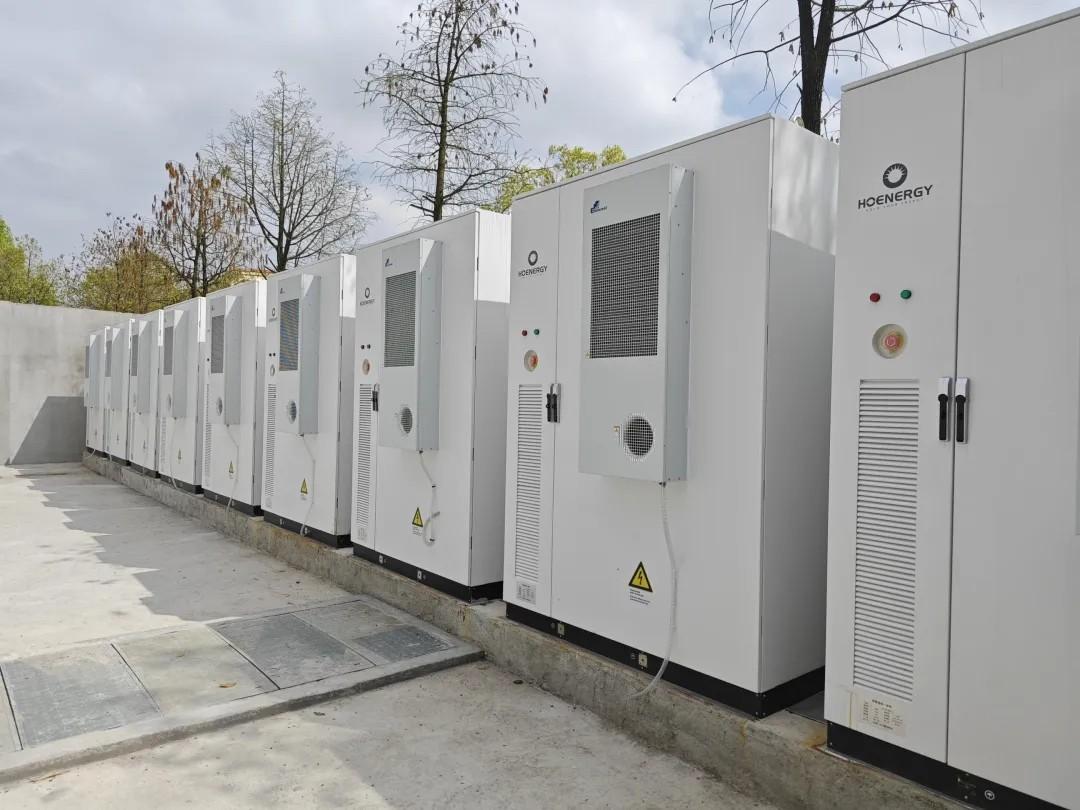Energy Storage is More Than Just Batteries! Let Talk About the Importance of the 3S System
In the context of global carbon neutrality, energy storage has become an indispensable element in the transition of energy structures. Some may say that energy storage is just a pile of batteries, but such a view is quite narrow. In reality, aside from batteries, the 3S system also plays a crucial role in energy storage devices. So, what exactly is the much-discussed "3S" in the energy storage industry? Let's take a closer look.
The Composition of Energy Storage Systems
An energy storage system primarily consists of the battery pack, Battery Management System (BMS), Energy Management System (EMS), Power Conversion System (PCS), and other electrical components. Among these, BMS, EMS, and PCS — collectively known as the "3S system" — work in close collaboration to ensure the safe and efficient operation of the energy storage system.
EMS: The Brain of the Energy Storage System
EMS, or the Energy Management System, is the core of the entire energy storage system. It is responsible for data collection, analysis, and energy dispatch, ensuring the balance and normal operation of the system's energy flow. EMS can monitor the status of various devices in the energy storage system, such as PCS, BMS, meters, fire safety systems, air conditioning units, etc. Through economic operation strategies and safety protection protocols, it achieves optimal energy distribution and scheduling. Whether for small to medium-sized commercial storage systems or larger grid-connected storage systems, EMS plays a vital role.
BMS: The Guardian of Battery Safety
BMS, or the Battery Management System, is a critical component responsible for monitoring and managing the battery within the energy storage system. By employing intelligent techniques, BMS manages individual battery cells, preventing overcharging and overdischarging, thereby extending the lifespan of the batteries. BMS also provides real-time monitoring of battery status, offering essential data such as individual cell voltage, temperature, State of Charge (SOC), and State of Health (SOH). This data serves as crucial input for the decision-making of the EMS.
PCS: The Executor of the Energy Storage System
PCS, or Power Conversion System, is the core component that facilitates the bidirectional flow of electricity between the energy storage system and the grid. It controls the charging and discharging process of the batteries and performs the conversion between alternating current (AC) and direct current (DC). PCS receives control instructions from EMS and follows them to charge or discharge the batteries. Additionally, PCS communicates with the BMS to gather information on the battery pack's status, ensuring protective charging and discharging operations.
The Relationship Between the Three: Collaborating to Ensure Safe and Efficient Operation of the Energy Storage System
Within the 3S system of energy storage, EMS, BMS, and PCS each play distinct roles, yet they are closely interconnected and work together. EMS functions as the decision-maker, responsible for data collection, network monitoring, and energy scheduling for the entire microgrid system. BMS acts as the sensory system, responsible for monitoring, assessing, protecting, and balancing the battery. PCS takes on the role of execution, controlling the charging and discharging processes of the energy storage battery pack. These three components communicate through data exchange protocols and command transmissions to ensure the energy storage system operates efficiently and safely.
Conclusion
BMS, EMS, and PCS, as core components of the energy storage system, are crucial to the safe and efficient operation of the entire system. Hongzheng Energy Storage, with its industry-leading, fully self-developed 3S system, has achieved comprehensive coverage of air-cooled, liquid-cooled, centralized, and string-type energy storage products. This technology has been successfully applied in various scenarios, including commercial and industrial energy storage, renewable energy integration, and distribution network storage. By advancing 3S-based integrated technologies, it enhances energy safety, intelligent collaboration, and operational efficiency, contributing to the improvement of energy storage system quality and performance.
Next:CATL and Masdar Forge Partnership for the World Largest BESS Project
Previous:Guide to Industrial and Commercial Energy Storage Construction: Key Considerations for Access Voltage Selection
